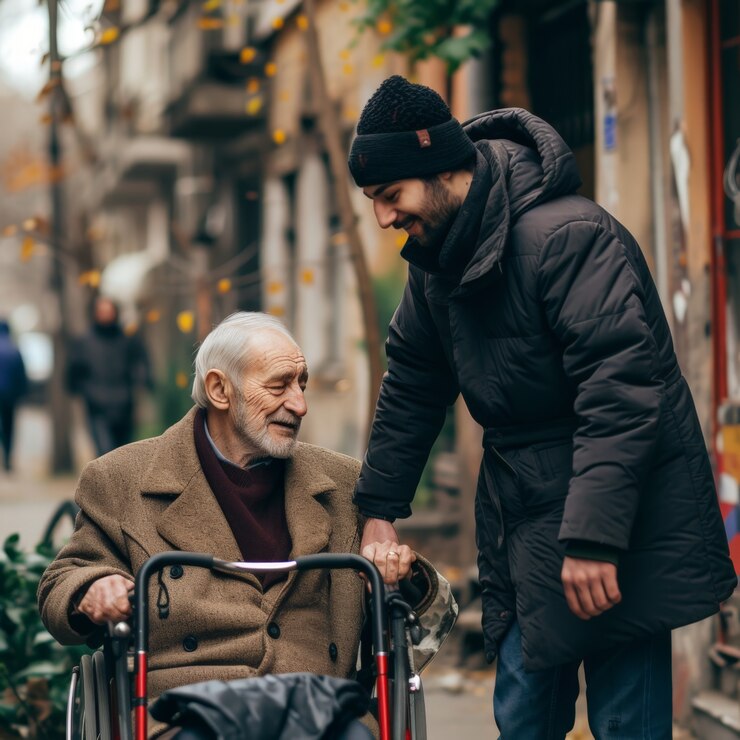Strokes can have a profound impact on individuals and their families. For those who survive a stroke, the road to recovery can be long and challenging, often requiring extensive care and support. Caregivers play a crucial role in helping stroke survivors regain their independence and improve their quality of life.
Understanding Stroke and Its Effects
A stroke occurs when blood flow to the brain is interrupted, leading to damage to brain cells. The effects of a stroke can vary widely depending on the severity and location of the brain damage. Common consequences include:
Physical impairments: Weakness or paralysis on one side of the body, difficulty walking, coordination problems, and changes in vision or hearing.
Cognitive difficulties: Memory loss, confusion, difficulty following directions, and problems with language.
Emotional challenges: Depression, anxiety, frustration, and difficulty adjusting to a new lifestyle.
Essential Caregiving Tips
Caregiving for a stroke survivor requires patience, understanding, and a commitment to providing the necessary support. Here are some essential tips:
1. Encourage Physical Therapy
Regular exercise: Help the survivor engage in physical therapy to improve strength, balance, and mobility.
Home exercises: Encourage home exercises to reinforce therapy sessions.
Assistive devices: Explore assistive devices like walkers, canes, or braces to aid in mobility.
2. Foster Emotional Support
Active listening: Provide a safe space for the survivor to express their feelings and concerns.
Encourage social interaction: Connect the survivor with support groups or social activities.
Seek professional help: If the survivor is experiencing significant emotional distress, consider seeking counseling or therapy.
3. Manage Communication Challenges
Use simple language: Avoid complex sentences and jargon.
Provide visual cues: Use gestures, pictures, or written instructions to aid understanding.
Be patient: Allow extra time for communication and avoid rushing the survivor.
4. Address Cognitive Impairments
Create a routine: Establish a consistent daily routine to help the survivor feel more organized and in control.
Label items: Clearly label items around the house to aid memory.
Use reminders: Set reminders or alarms to help the survivor stay on track.
5. Provide Nutritional Support
Monitor diet: Ensure the survivor is eating a balanced diet to maintain their health.
Assist with meals: If needed, assist with meal preparation or feeding.
Consider dietary restrictions: If the survivor has any dietary restrictions, follow them carefully.
6. Prevent Complications
Monitor for pressure sores: Regularly check the skin, especially areas that are prone to pressure sores.
Prevent infections: Practice good hygiene and monitor for signs of infection.
Manage medications: Ensure the survivor is taking medications as prescribed and report any side effects to the doctor.
7. Self-Care for Caregivers
Take breaks: It’s important for caregivers to take breaks and engage in self-care activities.
Join support groups: Connect with other caregivers to share experiences and receive support.
Seek professional help: If you’re feeling overwhelmed, consider seeking counseling or therapy.
Conclusion
Caregiving for a stroke survivor can be both rewarding and challenging. By providing the necessary support, patience, and understanding, caregivers can help survivors regain their independence and improve their quality of life. Remember, seeking help from healthcare professionals and support groups can make a significant difference in the caregiving journey.






